Full Service is a heartwarming, slice-of-life visual novel about Tomoki Nakamoto, a burned-out office drone who stumbles into a life-changing retreat at Full Service Spa. What begins as a one-time escape from deadlines unfolds into a journey of self-discovery, quirky friendships, and the unexpected joy of slowing down—proving sometimes, the best “service” is learning to prioritize yourself.
Meet Tomoki: From Burnout to Open-Minded Explorer
1. The Workaholic Trap: Tomoki’s life is a cycle of 80-hour workweeks, instant ramen dinners, and a tiny apartment cluttered with unpaid bills. His only “hobby” is scrolling through travel blogs, dreaming of places he’ll never visit. Colleagues joke he’s “married to his spreadsheets,” but beneath the exhaustion, Tomoki secretly craves change—he just doesn’t know how to start.
2. The Invitation That Changed Everything: A mysterious postcard arrives: “Full Service Spa invites you to recharge—no strings attached.” Curious (and desperate for a break), Tomoki trades his suit for a bathrobe. Little does he know, the spa’s “full service” tagline isn’t just about massages; it’s a promise to redefine what “recharge” means.
3. Relatability Meets Growth: Players connect with Tomoki’s relatable struggles—overworking, social anxiety, and the fear of “wasting” free time. His initial awkwardness (fumbling with towel knots, panicking over spa menus) makes his gradual relaxation feel earned, creating an emotional anchor for the story.
Full Service Spa: More Than Just a Pretty Pool
1. A Sanctuary of Surprises: The spa isn’t your average wellness center. Tucked away in a forested valley, it boasts cherry blossom baths, herbal steam rooms scented with lavender, and a “silent tea ceremony” where guests sip matcha while sharing life stories. Even the staff are memorable: Yui, the serene head masseuse with a knack for reading people, and Hiro, a goofy but kind-hearted intern who accidentally locks himself in the sauna.
2. Unconventional “Services”: The spa’s true magic lies in its focus on experiences, not just treatments. Tomoki might join a morning yoga session with a group of retirees (who teach him to laugh at his inflexibility), or a midnight stargazing workshop where the spa’s owner shares legends of the forest. These activities aren’t just fun—they’re gateways to connection.
3. Hidden Depths Beneath the Serenity: As Tomoki settles in, strange details emerge. The spa’s oldest tree has carvings that look like ancient symbols; Yui avoids questions about her past; and a recurring dream about a childhood memory (a lost dog, a broken promise) starts to feel less random. Players piece together clues, deciding whether to dig for answers or embrace the spa’s “live in the moment” philosophy.
Player Choices: Shape Tomoki’s Journey
1. Pace Yourself, or Dive In?: Tomoki’s transformation hinges on balance. Do you have him rush through every activity (eager to “fix” his burnout) or savor small moments (like watching sunlight filter through the spa’s paper screens)? Rushing leads to burnout 2.0; savoring unlocks deeper relaxation—and unexpected friendships.
2. Connect or Keep to Yourself?: The spa’s guests are a mix of characters: a divorced single mom, a retired sumo wrestler, and a shy college student. Do you encourage Tomoki to chat with them (leading to heartfelt exchanges) or stay in his shell (missing out on their stories)? These bonds shape his outlook—some guests become mentors, others remind him of the joy in casual connection.
3. Embrace the Unknown or Stick to Routine?: When the spa’s mysteries (the carvings, Yui’s past) come to a head, Tomoki faces a choice: investigate further (risking his newfound peace) or let go (trusting the spa’s magic). This decision impacts the ending—will he return to work recharged, or choose a new path entirely (like staying on as the spa’s part-time gardener)?

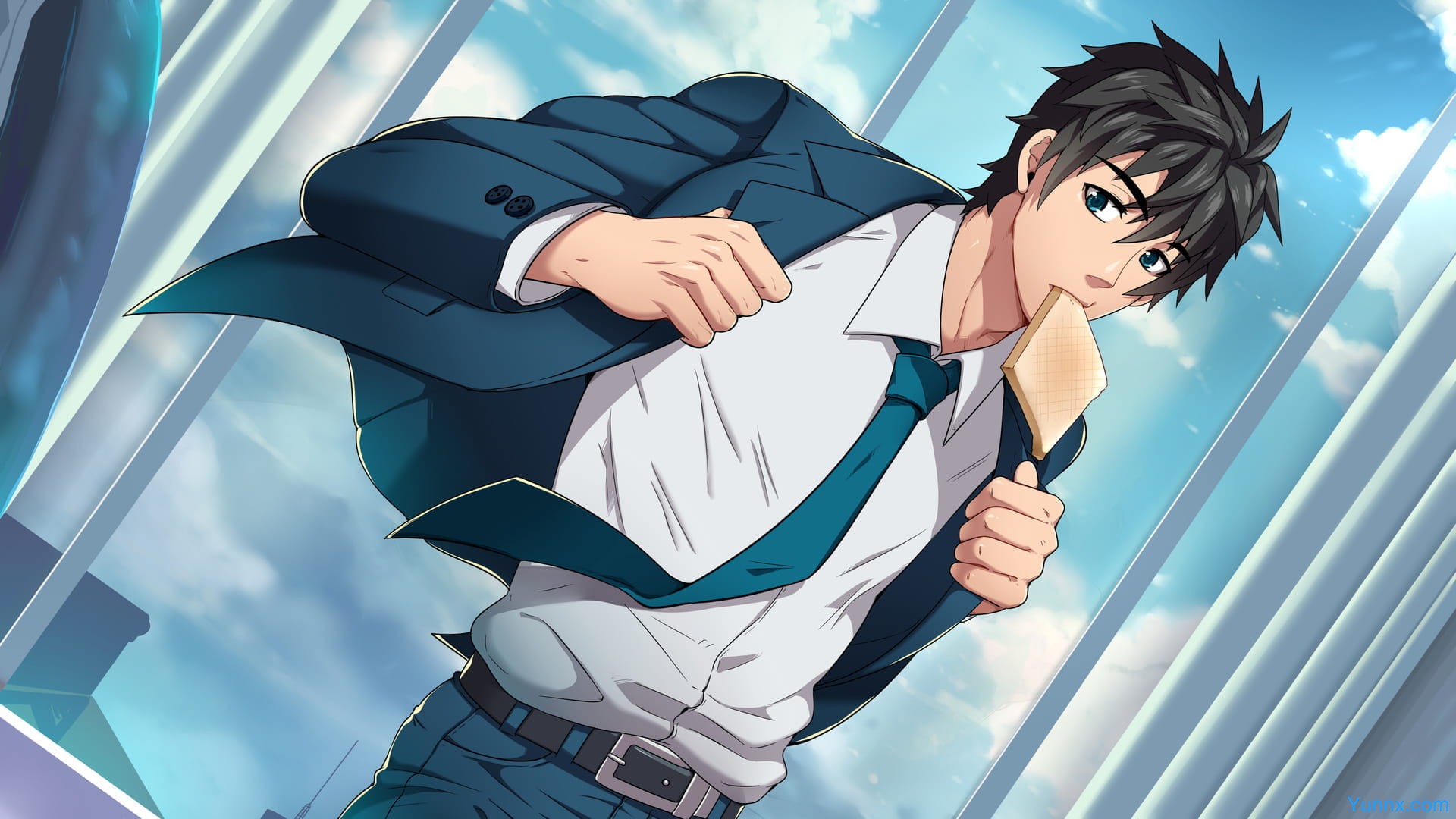
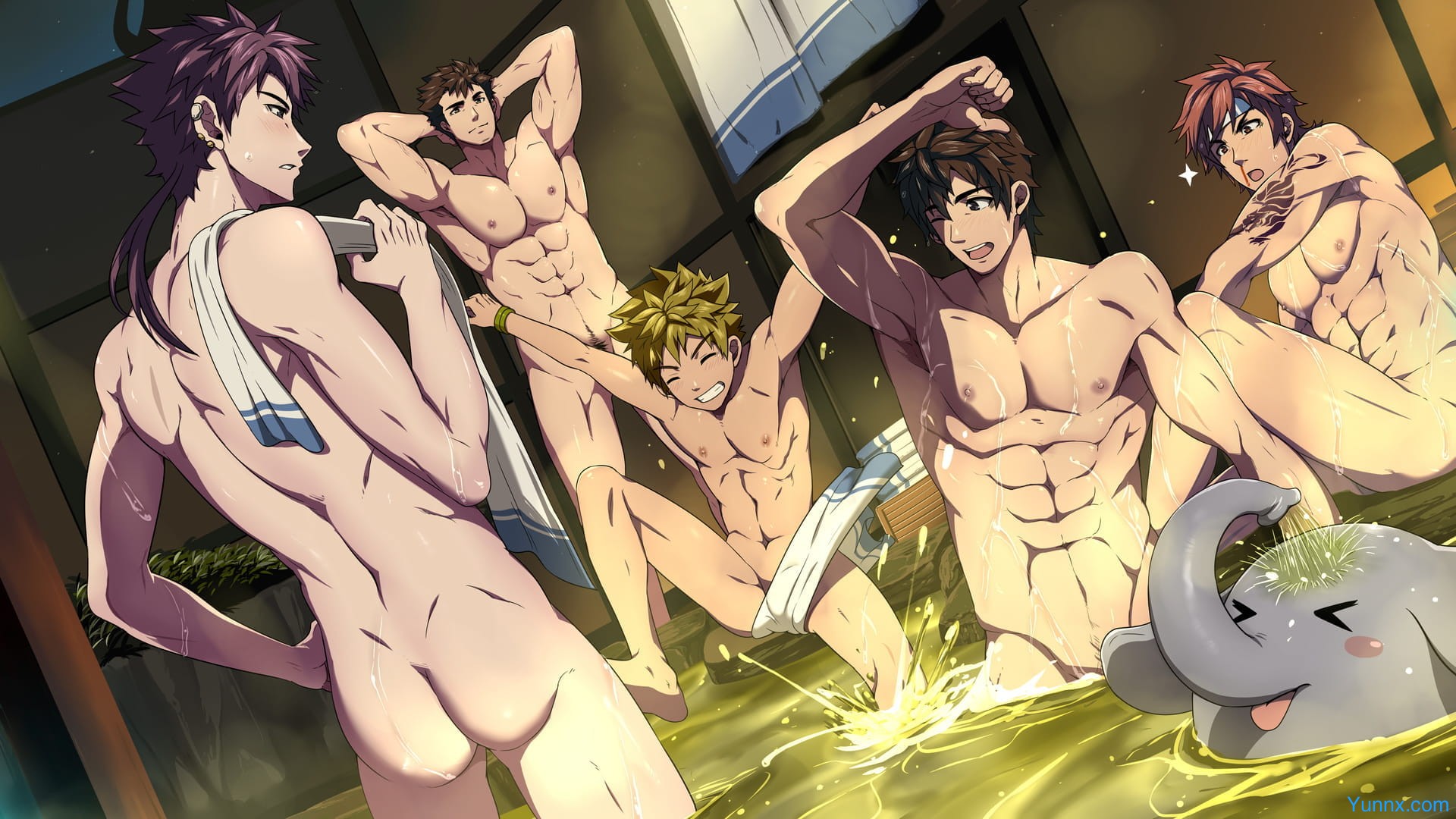
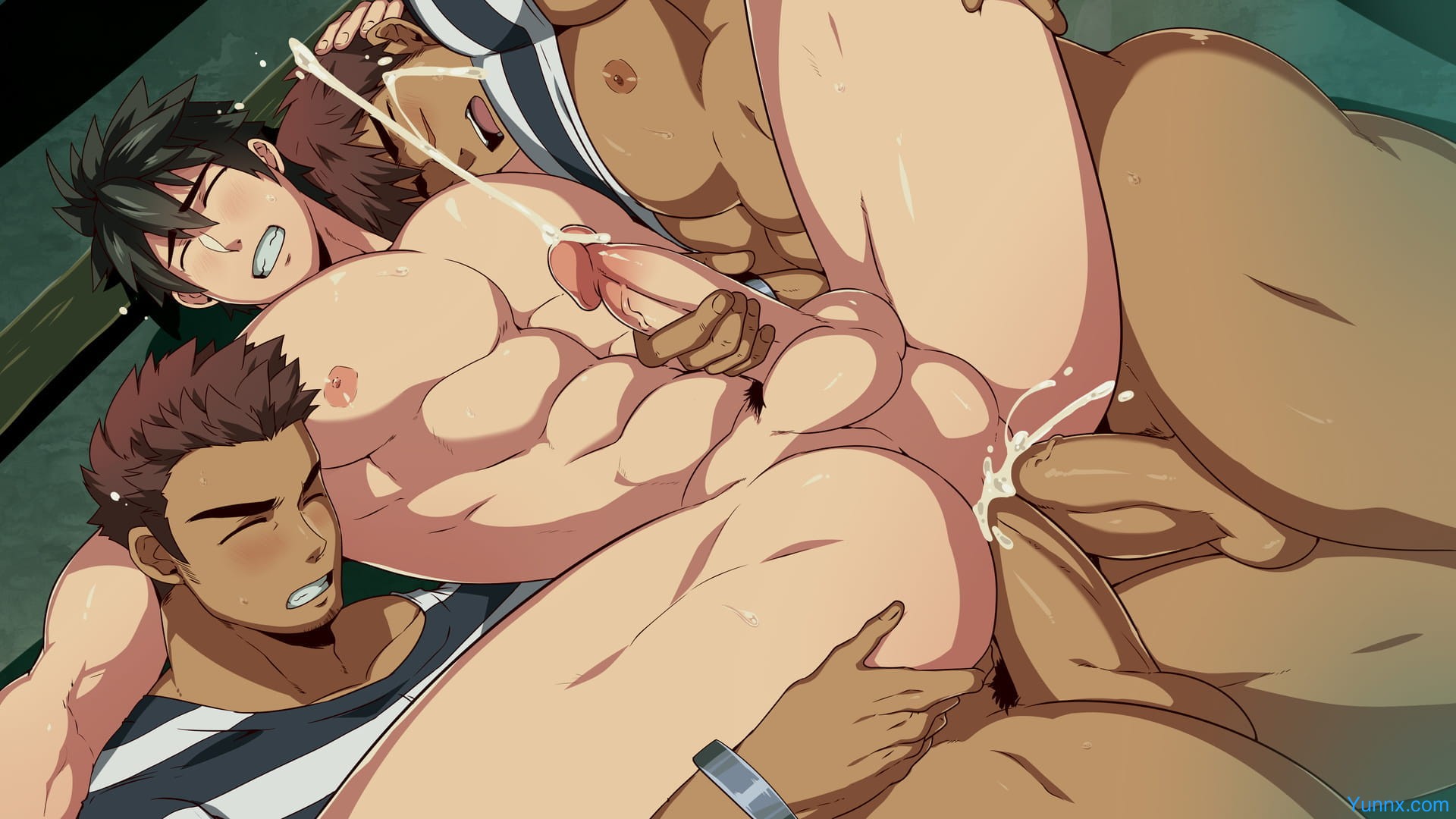










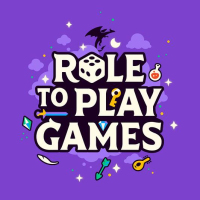

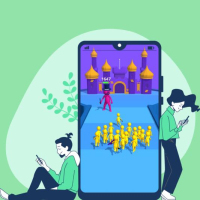



Preview: